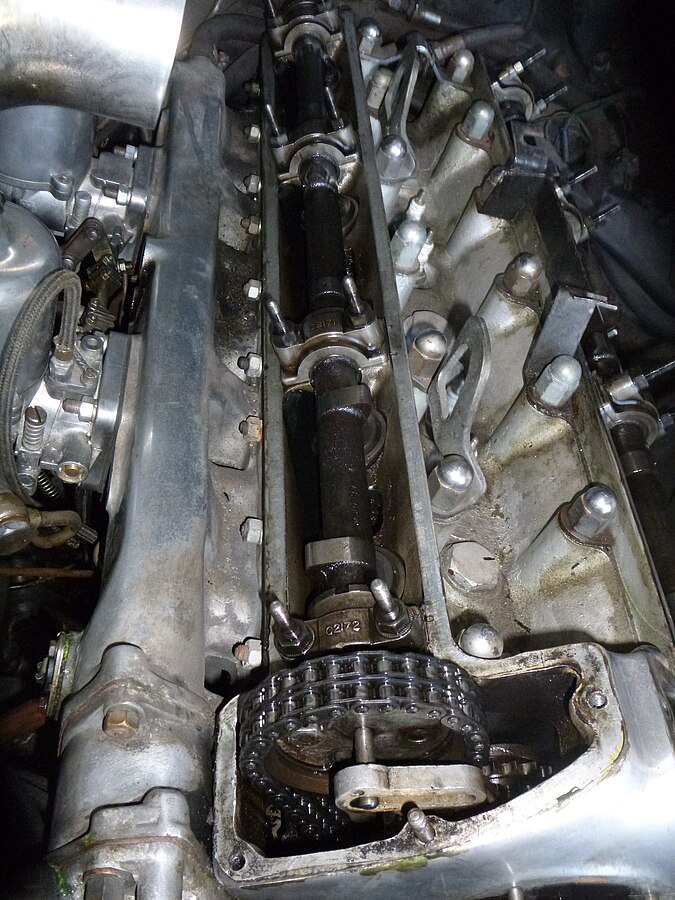And what is the difference between an overhead camshaft (OHC) and overhead valve (OHV)?
The camshaft is a shaft that is responsible for opening and closing the valves of the engine. It is typically located above the cylinder head of the car’s engine and is driven by the crankshaft via a timing belt or chain. The lobes on the camshaft push the engine’s valves open and then release them, allowing the fuel/air mixture to enter the engine and the exhaust to exit. The camshaft’s profile determines the duration and timing of the valve opening and closing, and this shape is determined by the engine designer and manufacturer.
There are two main types of camshafts
Overhead camshaft (OHC) and overhead valve (OHV). OHC engines have the camshaft located on top of the cylinder head, with each camshaft responsible for opening the intake and exhaust valves for that particular cylinder. OHV engines use a single camshaft that is located in the engine block, and it operates pushrods that open and close the valves.
The camshaft’s performance depends on the engine’s RPM range, horsepower, and torque needs. For example, if your car’s engine is designed for high performance, then the camshaft’s profile will be more aggressive, with larger lobes and greater lift, to increase valve opening and enhance airflow. In contrast, a smaller camshaft with smaller lobes will result in less valve opening, better fuel efficiency, and a smoother running engine.
Symptoms of worn camshafts
Camshafts can wear out over time and need to be replaced. Symptoms of worn camshafts might include ticking or rattling noises coming from the engine, reduced performance, and increased fuel consumption. If you notice any of these signs in your car, it’s best to have a professional mechanic examine your engine and camshaft to diagnose and fix the issue.
Understanding what a camshaft is and how it works is essential for every car owner who wants to maintain their vehicle’s performance. As a critical component of the engine, the camshaft regulates the opening and closing of the valves, and it needs to be in good condition for your car to run smoothly. Knowing how to diagnose and fix camshaft issues can help you avoid more significant engine problems and extend your car’s lifespan. So the next time you hear your car making unusual noises, take it to your trusted mechanic and have them check the camshaft.



